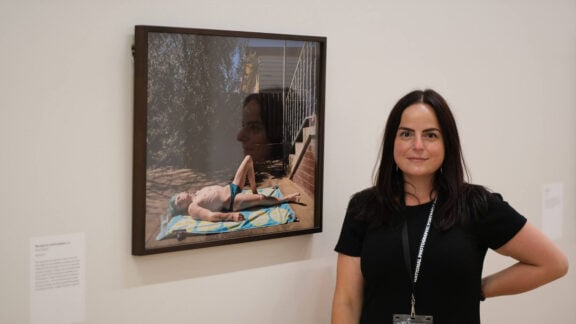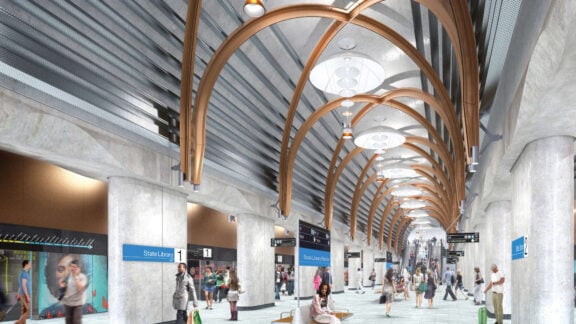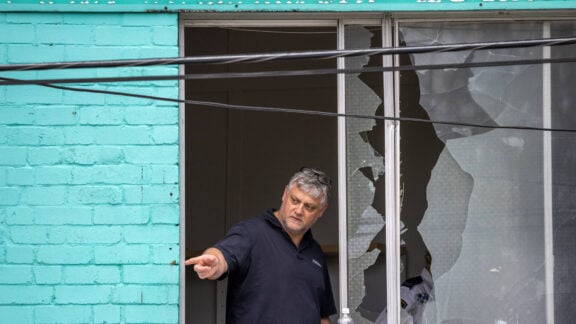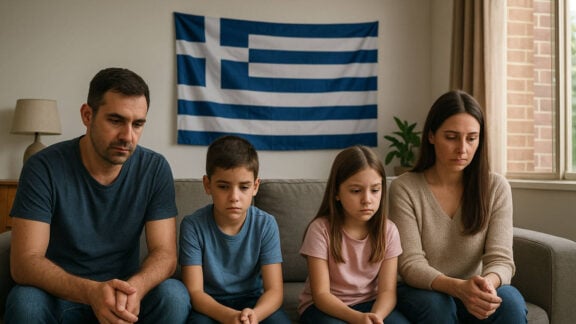A shortage of building materials, disruptions in the supply chain and soaring costs have hit the construction industry hard, tipping companies around Australia into administration.
Every few week since the beginning of the year we hear of building companies folding in, leaving countless of people without a job, along with would-be homeowners wondering if they will ever see the home they started finished.
“It’s mainly the house construction industry that is struggling and collapsing,” Melbourne-based Registered Builder, John Karavasil, tells Neos Kosmos.
It all started with the increase of costs in some basic building material.
“It started off with timber, because there was a shortage in supply, which was initially blamed on the problems of transport around the world because of COVID. Timber prices started going up and then steel followed.”
Funnily enough some of the building materials we import from China is made from the same iron ore we export. “It’s the same with a lot of things, we don’t manufacture things here,” the Greek Australian Building Designer explains.
“These companies that are going under, are large companies that have a large volume of work to go through every year.”
“They’re not just building three or four houses a year, they’re building 300 to 400 houses. Some of them more. They’ve signed contracts. And even if they’re only losing a little bit from each project, if they’re doing 200-300 houses, the losses add up.”
The increase in these basic building materials has gone up around 20 to 30 per cent.
“This also reflects on the increased cost of building a house. So a house that might have cost $600,000 to build two years ago, will now cost $800,000 probably. Because what’s also happened is that there’s also a shortage of supply of labour and trade.
John Karavasil explains that before the pandemic we had tradies coming in from overseas, whereas now we don’t. But also what’s driving up demand is that other construction sectors are still very busy.
As a result the tradies are increasing their prices. “There’s enough work for them to increase their prices. Since their materials are starting to outweigh the labour costs, they have started putting that up as well.”
“So it’s sort of a snowball effect.”
The Victorian government has poured money into the construction industry. They’re building railway tunnels and crossovers, which is creating a lot of work. And that sector of the construction industry is making a fortune.
“There is a huge demand for those tradies. And all the companies in that sector are paying top dollar .”
He explains that the stimulus packages, the first home owners grants, has also contributed to the rise in costs.
“If the government’s going to give you $20,000 if you build a new house, you’re gonna spend that money. So people tend to upgrade things and spend more, because they’ve got more So it creates demand and fuels it.”
He adds that smaller residential builders, are also a bit worried because they can’t predict if the prices of the building material will continue to go up.
“If I give a price today, am I going to be able to hold that for two months? Because once a builder signs a contract to build somebody’s house, by law, they’re stuck to that contract. And they have to honour it.”
So what happens now? Will the costs go down at some point?
“Once something goes up in price, very rarely does it drop dramatically, because everyone gets used to factoring that in.”
There is hope though that we have reached the peak, according to discussions he has had with others in the house construction industry “The continuous increase might have peaked in material costs. We’ re not to saying it’s going to drop, but it might not keep going up at the rates it has been.”
He adds that if prices continue to go up at this rate then interest rates will start to kick in next year. “And that will kill the market. And then you’re going into a recession in the construction industry. That’s the two big things. The increase of pricing in building and the increase in interest rates may put the construction industry into recession.”
John Karavasil of JMK Design has been in this business for over 30 years. “The construction industry always goes into a boom and bust cycle. Every 10 years or so there’s a down slope and then it peaks again. So it’s not unusual. It’s just that this time round there’s s the increase in price as well as the interest rates. During the last recession we had business interest rates up around 20%. But they were manageable then because the amount we borrowed was less. Whereas now if somebody wants to build a house, they’re borrowing $600,000, or even a million or two.”
What if you have signed a contract and put a down payment for a house and the company has gone bust? What happens then?
“In Victoria, if we’re talking about a residential property, a house, there’s only two ways you can get a building permit. To build a house, the council will only issue a building permit to an owner who’s building their own house which is rare, or if you have a registered builder on board with a signed contract. For that builder, to sign that contract, they have to have in place a homeowners’ warranty insurance. There’s no other legal way around it.”
Karavasil explains that if the builder goes bankrupt, or dies, then that builders’ insurance company -under the homeowners warranty- will come into play. “You make a claim and then it’s the insurance company’s responsibility, to appoint another builder to finish that project.”
So there’s a safeguard for them. “If it’s simple housing or renovations or new homes, if everything is done legally, the homeowner is protected.” However in the case of apartment developments and commercial type developments, things would be a bit more complicated.
“You can imagine that an apartment block that’s 60 stories high, it might take years to deal with who’s going to finish them.”
“These collapses are probably affecting a very small number of individual homeowners. Even if a company goes under and they’ve got 200 projects under construction, if they’re individual houses, you would expect insurance to be in place.”
The homeowners warranty technically lasts seven years but it could go to 10 years because it doesn’t just cover finishing the project, it also covers the structural adequacy of that project. If something goes wrong, the builder has to come back and fix it.
Despite the uncertainty in the market, JMK Design has been quite busy this year. “Because of COVID it’s hard to judge though. A lot of people put things on hold during the peak of the pandemic, so now those projects are underway. Therefore if there’s a downturn, I don’t think we’re going to feel it until next year.”
Karavasil finds that what people are most concerned about is the cost of building and the prospect of interest rates going up next year.
“It is a worrying period. But like I said, the building industry, it’s been in a boom for probably 10 or 15 years now.”








